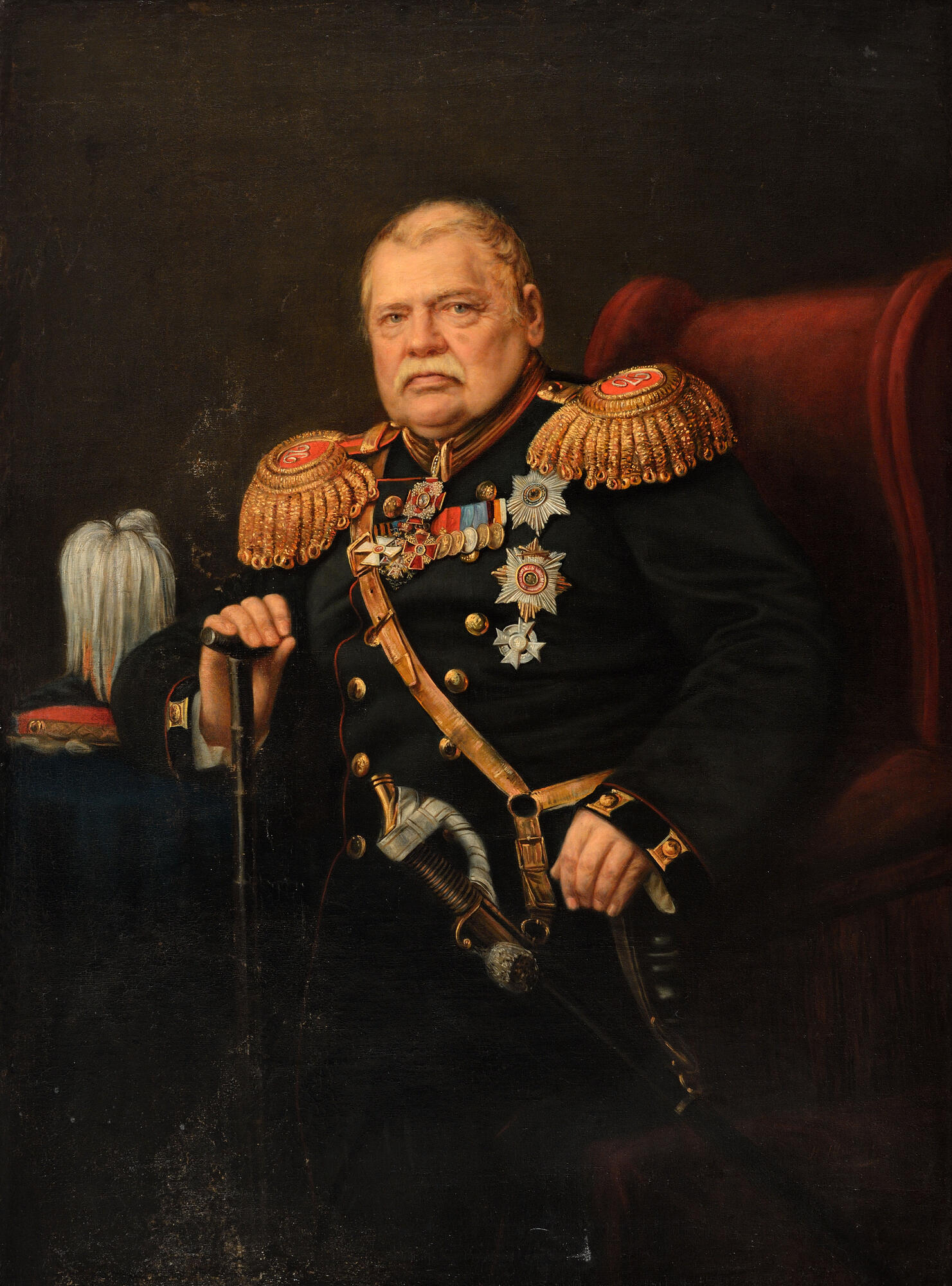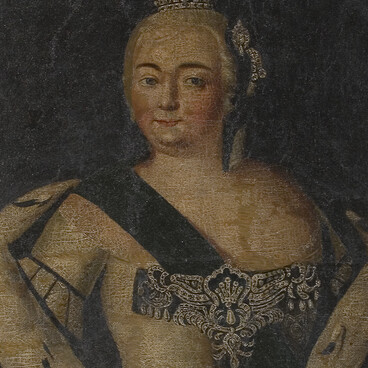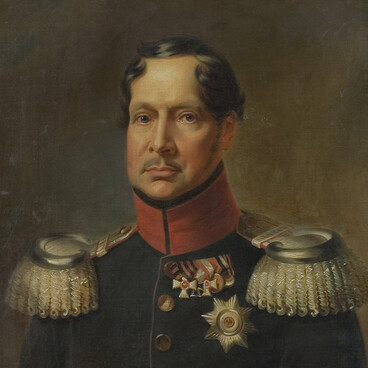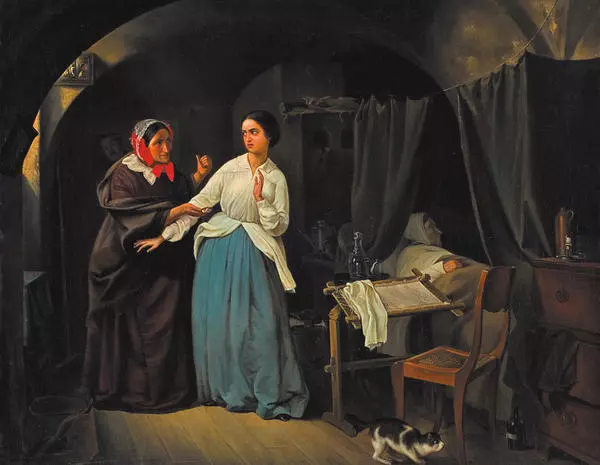Some works that come out of the artist’s studio, regardless of the will of their creator, begin to live an independent, constantly changing life depending on various conditions. These include the ceremonial, incredibly true-to-life “Portrait of General M.N. Muravyov”.
Mikhail Nikolayevich Muravyov has gone down in history as an infamous man, but his image was monstrously distorted. He was called the “bloody pacifier” of the Polish Uprising of 1863. He was known as “Muravyov the Hangman”, and that says it all. These dogmas were passed from one century to another. But things were not quite so simple: for example, in Belarus in the 1860s, museums were opened in honor of Mikhail Muravyov, churches and chapels were dedicated to his guardian angel. He was revered as the savior of the Fatherland and even compared with Kutuzov.
The Polish Uprising broke out in January 1863, its leaders wanted to restore the Polish-Lithuanian Commonwealth, annex the ancestral Belarusian and Ukrainian lands, and also dreamed of the defeat of the Russian Empire so that Greater Poland would take its place in the international arena. People were convinced that only Muravyov would be able to successfully suppress the uprising. Indeed, at the age of 67, he perfectly executed this task.
His first steps were tough: martial law was imposed in the region, and a drumhead court-martial was authorized. Rebels and vicious murderers were publicly executed. The leaders of the uprising, realizing that the Belarusian population did not support them, literally went berserk. Their terror resulted in an enormous number of victims. Innocent people were slaughtered, beaten with stakes, spikes, and scythes. Among the victims were Orthodox priests, soldiers and officers, peasants and landowners who did not want to join the rebellion. Muravyov’s measures were calculated, and therefore proved effective. Subsequently, many foreign journalists in their publications refuted Western propaganda about Muravyov’s “barbaric cruelty”, presenting the head of the region instead as a highly intelligent, honest and fair man, and the measures taken by him as extremely reasonable.
In the portrait by Nikolay Shilder, Mikhail Nikolayevich Muravyov is depicted as an elderly, confident man, with the wisdom of a long life, who devoted his life to serving his Fatherland, a true patriot of Russia.
Mikhail Nikolayevich Muravyov has gone down in history as an infamous man, but his image was monstrously distorted. He was called the “bloody pacifier” of the Polish Uprising of 1863. He was known as “Muravyov the Hangman”, and that says it all. These dogmas were passed from one century to another. But things were not quite so simple: for example, in Belarus in the 1860s, museums were opened in honor of Mikhail Muravyov, churches and chapels were dedicated to his guardian angel. He was revered as the savior of the Fatherland and even compared with Kutuzov.
The Polish Uprising broke out in January 1863, its leaders wanted to restore the Polish-Lithuanian Commonwealth, annex the ancestral Belarusian and Ukrainian lands, and also dreamed of the defeat of the Russian Empire so that Greater Poland would take its place in the international arena. People were convinced that only Muravyov would be able to successfully suppress the uprising. Indeed, at the age of 67, he perfectly executed this task.
His first steps were tough: martial law was imposed in the region, and a drumhead court-martial was authorized. Rebels and vicious murderers were publicly executed. The leaders of the uprising, realizing that the Belarusian population did not support them, literally went berserk. Their terror resulted in an enormous number of victims. Innocent people were slaughtered, beaten with stakes, spikes, and scythes. Among the victims were Orthodox priests, soldiers and officers, peasants and landowners who did not want to join the rebellion. Muravyov’s measures were calculated, and therefore proved effective. Subsequently, many foreign journalists in their publications refuted Western propaganda about Muravyov’s “barbaric cruelty”, presenting the head of the region instead as a highly intelligent, honest and fair man, and the measures taken by him as extremely reasonable.
In the portrait by Nikolay Shilder, Mikhail Nikolayevich Muravyov is depicted as an elderly, confident man, with the wisdom of a long life, who devoted his life to serving his Fatherland, a true patriot of Russia.




